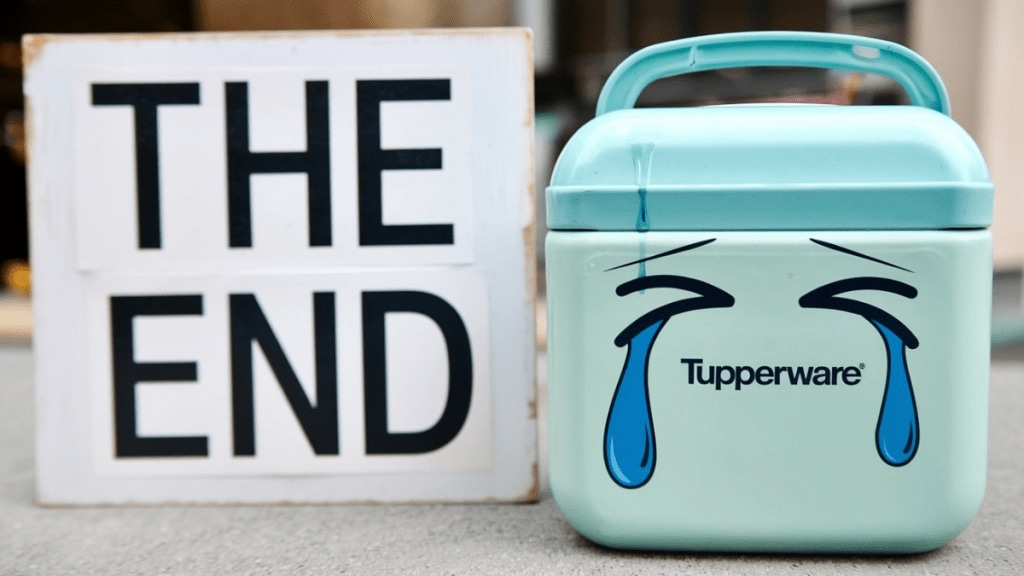Tupperware, the once-iconic brand known for revolutionising food storage, has filed for bankruptcy, signalling its struggle to stay relevant in a rapidly changing market. Founded in 1946, Tupperware became a household name through its innovative plastic containers and the “Tupperware Party” sales model. However, recent years have seen the company falter, unable to compete with agile competitors offering more affordable and innovative products. A combination of failing to reinvent itself and overpriced products might have contributed to the company’s decline. “The biggest brand is always at the mercy of the smallest, and that needs to be understood by the big brands,” Harish Bijoor, business and brand-strategy expert and founder, Harish Bijoor Consults Inc. told BrandWagon Online.
One of the primary reasons for Tupperware’s downfall, reportedly, has been its inability to evolve in a competitive market. While competitors such as Signoware, Milton, Cello, etc. and cheaper alternatives such as Amazon’s Solimo quickly adapted to digital platforms and embraced online shopping trends, Tupperware clung to its traditional direct-sales model. Global retail e-commerce sales reached an estimated $ 5.8 trillion in 2023, with expectations of surpassing eight trillion dollars by 2027, according to Statista. Tupperware seemingly missed the opportunity to leverage this shift.
Additionally, Tupperware’s pricing strategy might have alienated consumers. While the brand has long been associated with premium products, the rise of cheaper alternatives that offer similar quality has made Tupperware’s higher prices less appealing. Investors dumped Tupperware stocks after ‘substantial doubt’ about its ability to stay in business without a cash infusion or relief from creditors of its $705 million in debt, which it is struggling to repay due to higher interest rates, according to Reuters. “Brands in the consumer space need to be aware of pricing and margins. Brands cannot continue to raise prices based on the large margin they traditionally enjoy. Big brands have suddenly realised this as consumers’ willingness to pay bigger margins has gone down, and I think this is affecting brands such as Tupperware quite strongly,” Bijoor added.
Bijoor also emphasised how local competitors have disrupted the market by offering affordable alternatives: “In the Tupperware category, you could get a local player who could be doing wonders and at the same time be charging 60% of what Tupperware does, and that brand gallops. The biggest brand is always at the mercy of the smallest, and that needs to be understood by the big brands.”
The pandemic further exacerbated Tupperware’s challenges, as consumer behavior shifted. “COVID-19 was possibly a defining point where customers re-questioned the brand margins that big brands were charging. All of a sudden, people looked at small, local options, and straight competitors were displaced by oblique competitors,” he cited.
Beyond pricing and direct competition, the rise of sustainable alternatives like Borosil and the popularity of glass lunchboxes have added another layer of competition. As consumers become more environmentally conscious, plastic has become less preferable, pushing brands like Tupperware into a tougher market. Tupperware’s lack of innovation in product design and its over-reliance on past success contributed to its eventual collapse. With competitors offering cutting-edge solutions and more sustainable alternatives at lower prices, Tupperware’s premium pricing strategy became unsustainable.
The story of Tupperware seemingly looks like a cautionary tale for legacy brands that fail to evolve. Experts opine that Tupperware’s reliance on outdated business models and pricing strategies, coupled with competition from nimble local players and sustainable alternatives, ultimately led to its bankruptcy.


